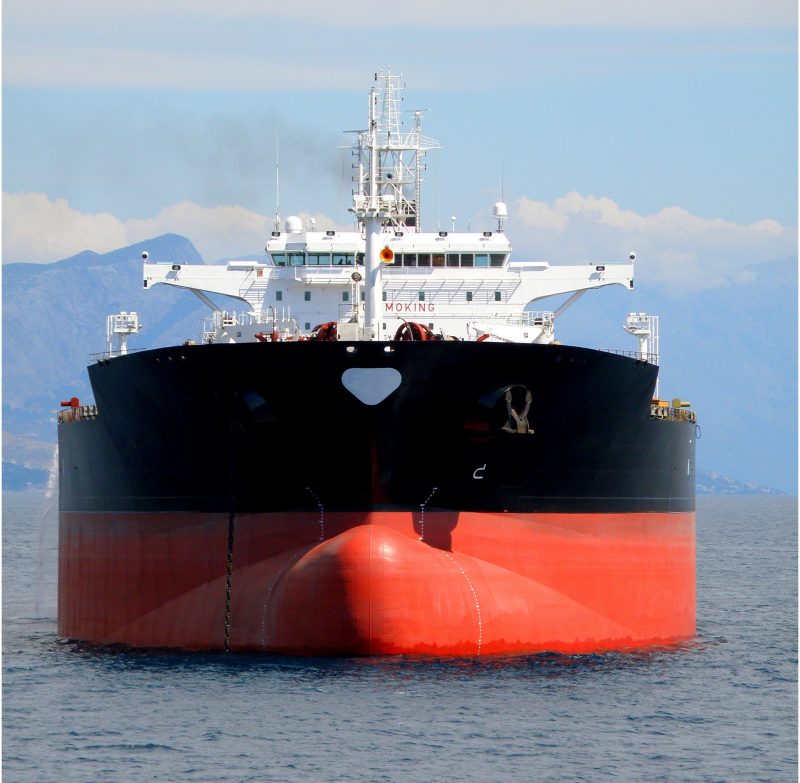
With multiple divisions, brands and geographical locations, thousands of employees and a complex corporate structure, global organisations are rather like supertankers. As they plough through the world’s oceans, they are eminently seaworthy, but, encumbered by their sheer size, they can be slow to respond. Lacking the agility of their smaller counterparts, it takes time for a change of course to be filtered down through the various divisions. When it comes to corporate public relations this lack of agility can not only inhibit the ability of the organisation to communicate with its potential markets, but it can lead to bland, ineffective global messaging.
That is because, alongside an inherent lack of manoeuvrability comes an additional problem: risk aversion. Determined to avoid situations in which a quick response is required, many complex global organisations steer a cautious course which, by its very nature avoids some of the dangers but also bypasses a host of opportunities.
One of the major challenges the global giants face is the matrix structure many of them employ. Marketing and communications heads of each vertical sector can often be required to report to both the global Head of Communications and their own vertical sector heads. This means there is a split focus and can lead to lack of cohesion and disjointed messaging, delivered by individual divisions.
While engaging with a global public relations agency is one option, most of the large traditional PR agencies suffer from similar flexibility issues, hindered by size and tied to regional teams and profit centres which may be in competition with one another.
What is the alternative?
If the root problem is one of agility, so is the solution. With the virtual model, it is possible to develop a central communications strategy which allows for the organisation’s key messages to be tailored for sector and region-specific campaigns. This means that every division across the organisation communicates consistently in line with a cohesive over-arching strategy which can respond quickly to new opportunities, adapting its messages to the nuances of the industry and country in which it is required to operate.
That is because virtual models have agility built into their DNA. At Admiral Associates we develop the central strategy in partnership with our clients’ global communications leadership and then build teams of highly experienced PR practitioners with deep domain knowledge and relevant sector expertise in each geographic location around each campaign.
Being virtual means that the lion’s share of the client’s budget is spent on PR practitioners at the top of their fields, not on expensive office space. We can also turn support on and off as required, around big events or projects where extra support is required.
Admittedly this model is not for everyone. A few clients prefer the traditional model where we are all based in one office together. But for UK or global brands that want flexibility and agility, it is a model with major benefits.
